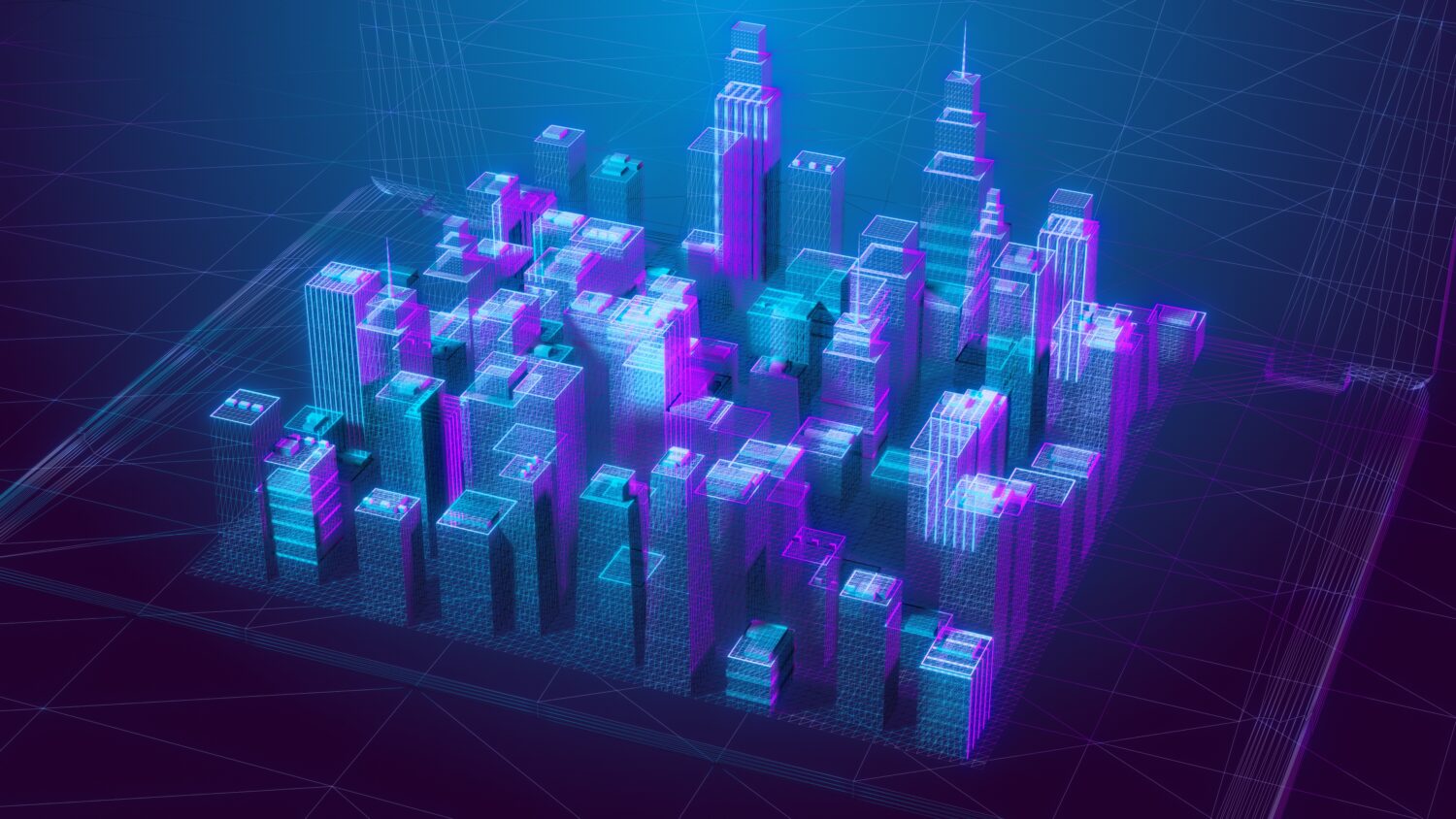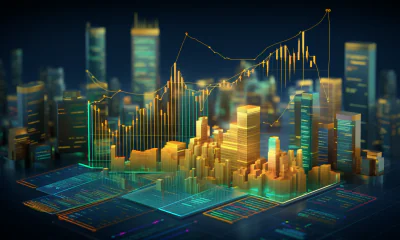Tokenisation of Real-World Assets (RWAs): Bringing Real Estate and Gold On-Chain

Explore how the tokenisation of real-world assets (RWAs) like real estate and gold is revolutionizing the blockchain industry. Learn the benefits, use cases, and future potential of on-chain assets.
Tokenisation of Real-World Assets
Tokenisation of Real-World Assets (RWAs): Bringing Real Estate and Gold On-Chain
The tokenisation of real-world assets (RWAs) is one of the most groundbreaking innovations in the blockchain and crypto space. By converting tangible assets like real estate and gold into digital tokens on a blockchain, this technology bridges the gap between traditional finance and decentralized finance (DeFi). The ability to fractionalize and trade physical assets with the speed and transparency of blockchain networks is transforming how we invest, own, and manage value.
In this article, we explore what RWAs are, how they’re tokenised, and what this means for sectors like real estate and precious metals.
Tokenisation of Real-World Assets Solutions For Every Asset Class From Luxury Estates To Industrial Complexes
Tokenisation of Real-World Assets on-chain with Labrys’ custom blockchain solutions
Tokenisation of Real-World Assets automates digital transactions throughout the lifecycle to convert
Tokenisation of Real-World Assets involves representing the ownership rights of assets as onchain tokens
The tokenization of financial assets on the blockchain is gaining momentum at an institutional and governmental level
Real World Asset Tokenization map showing major Distributors, DeFi Platforms, Tokenization Providers, Custodians, Data Companies, Networks, and Protocols
Asset tokenization is the process of converting rights to a physical or digital asset, such as real estate or luxury goods, into a digital token
Tokenization is the process of converting real-world assets into digital tokens through blockchain technology
1. What Are Real-World Assets (RWAs)?
Real-world assets (RWAs) refer to tangible or traditional financial assets that exist outside of blockchain ecosystems. These include:
Real estate (residential and commercial properties)
Commodities like gold, silver, and oil
Bonds and equities
Art, collectibles, and luxury items
Traditionally, these assets are illiquid, expensive to transfer, and difficult to divide. Tokenisation brings these assets on-chain, making them accessible, divisible, and tradable 24/7.
2. How Tokenisation of RWAs Works
Tokenisation involves converting the ownership rights of a real-world asset into a digital token on a blockchain. Each token represents a share or a fraction of the asset. These tokens can then be:
Bought and sold on digital marketplaces
Used as collateral in DeFi protocols
Transferred peer-to-peer instantly and securely
The process typically includes:
Asset valuation and legal structuring
Smart contract creation to define ownership rules
Issuance of tokens on a blockchain (Ethereum, Polygon, etc.)
By combining legal rights with blockchain technology, tokenisation offers a legally compliant and programmable way to manage assets.
3. Real Estate Tokenisation: Unlocking Global Access
One of the biggest beneficiaries of the tokenisation movement is real estate. Traditionally considered an illiquid investment, tokenised real estate offers:
Fractional ownership: Invest in high-value properties with small capital
Global investor access: No need for geographical restrictions or intermediaries
Lower transaction costs: No middlemen or paperwork delays
Real-time trading: Buy or sell ownership interests instantly
For example, a $1 million commercial property can be divided into 1,000 tokens, each representing a $1,000 stake. These tokens can be sold to investors around the world, who can earn rental income or appreciation from their holdings.
4. Tokenising Gold and Other Precious Metals
Gold tokenisation is also gaining traction as investors seek blockchain-based access to secure, stable assets. Each gold-backed token typically represents a gram or ounce of physical gold held in a secure vault.
Benefits of tokenising gold:
Transparency: Real-time proof of reserves and asset backing
Accessibility: Anyone with internet access can invest in gold
Reduced costs: No need for secure transport or storage
Tradability: Trade gold tokens like any other cryptocurrency
Popular examples include PAX Gold (PAXG) and Tether Gold (XAUT), which provide secure, on-chain exposure to physical gold.
5. Future of On-Chain RWAs: Challenges and Opportunities
The future of tokenised real-world assets is bright, but not without challenges. Key hurdles include:
Regulatory clarity: Different jurisdictions have varying rules on asset ownership and security tokens
Custody and audit: Verifying that assets are securely held and tokenised properly
Market adoption: Educating investors and asset owners about the benefits of tokenisation
Despite these challenges, the long-term potential is massive. Major financial institutions and blockchain projects are already investing heavily in RWA platforms, signaling a shift toward mainstream adoption.
Opportunities ahead:
Integration with traditional finance (TradFi)
Tokenised real estate funds and REITs
Gold-backed stablecoins in global trade
Enhanced liquidity in illiquid markets
Conclusion
The tokenisation of real-world assets (RWAs) is revolutionizing how we think about ownership, investment, and asset management. By bringing assets like real estate and gold on-chain, tokenisation provides unprecedented accessibility, transparency, and efficiency. As regulatory frameworks evolve and blockchain technology matures, RWAs are poised to reshape the global financial system—one token at a time.
Now is the time to understand, explore, and participate in the future of tokenised assets





У нас есть всё для идеального праздника, с уникальными предложениями.
Шарики на день рождения http://www.shariki-shop47.ru .
Получение разрешения на работу, для соискателей, обязательно нужно знать.
Как получить разрешение на работу за границей, пошаговые советы.
Требования для получения разрешения на работу, все аспекты.
Что делать, если истекает разрешение на работу, по юридическим вопросам.
Работа для студентов: разрешение на работу, проверенная информация.
Частые ошибки при оформлении разрешения на работу, рекомендации.
Сравнение разрешений на работу в разных странах, изучите.
Что нужно для получения разрешения на работу, не забудьте подготовить документы.
Причины отказа в получении разрешения, что стоит учесть.
Что нужно знать о своих правах при получении разрешения на работу, подробности.
Ускорение процесса получения разрешения на работу, что нужно знать.
Как фрилансеру получить разрешение на работу, рекомендации.
Где узнать о готовности разрешения на работу, советы по проверке.
Разрешение на работу для родителей-одиночек, рекомендации.
Интервью при получении разрешения на работу, как пройти успешно.
Налогообложение для работников с разрешением, важные аспекты.
Как получить разрешение на работу инвалидам, рекомендации.
Сколько стоит получение разрешения на работу, важная информация.
Как переехать за границу с разрешением на работу, необходимые шаги.
Особенности получения разрешения на работу в кризис, что учитывать.
срок разрешения на работу иностранному гражданину https://oformleniernr.ru#срок-разрешения-на-работу-иностранному-гражданину – https://oformleniernr.ru .
ztwyii
**mindvault**
mindvault is a premium cognitive support formula created for adults 45+. It’s thoughtfully designed to help maintain clear thinking
**breathe**
breathe is a plant-powered tincture crafted to promote lung performance and enhance your breathing quality.